- UID
- 4843
- 注册时间
- 2014-4-8
- 在线时间
- 小时
- 最后登录
- 1970-1-1
- 精华
- 阅读权限
- 50
- 听众
- 收听
|
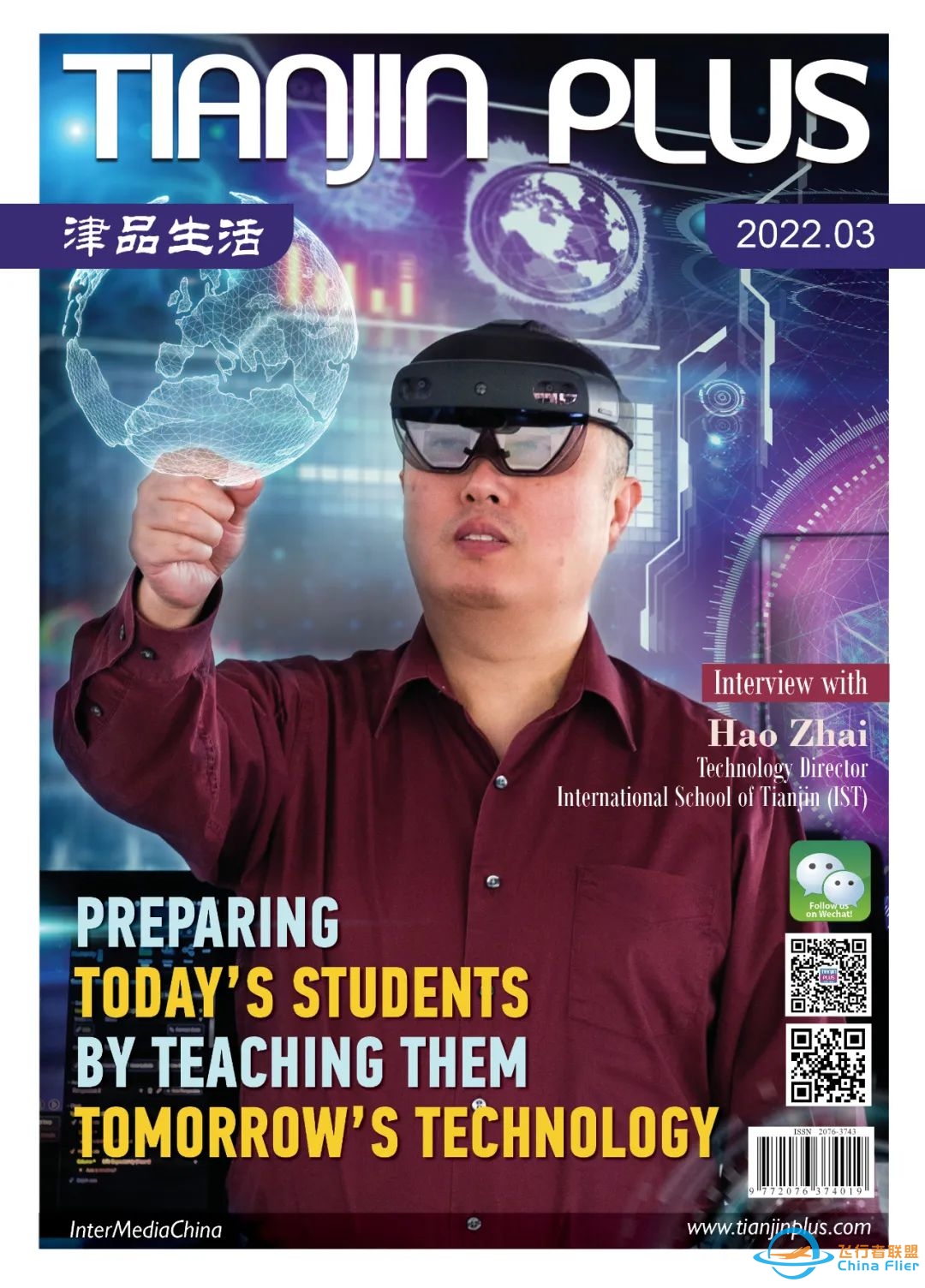


Hello Friends
We recently had a fascinating chat with Hao Zhai, Technology Director at the International School of Tianjin (IST), and learned about the forward-looking and innovative ways in which technology is being leveraged to enhance teaching and learning experiences at the school.
IST is passionately dedicated to the future of their students by teaching them about tomorrow’s technology. Being the best in the world is not nearly as important as offering the best in each student’s world.
Mr Zhai is very interested in discovery-based learning approaches to reap the benefits from a virtual or augmented world which allows students to study and explore at their own pace. He believes that in the near future, we are all going to work with AI assistants. He said that in fields like education and health care, the future will see AI assisting the expert, not AI replacing the expert.
Children are more susceptible to sickness due to their underdeveloped immune systems and their high exposure to germs at schools and kindergartens. Then, when a child is sick, this creates a challenging dilemma. Is it serious? Should I take my child to the clinic? Should I wait? These and many more questions immediately arise. Our Health Briefing article is written by Dr Andrea Xu from Tianjin United Family Hospital to help guide parents and others as they confront the fevers, sniffles and scrapes that their young children experience.
We all have the built-in desire to live a long life. Although we all know that immortality is impossible, living a long, healthy life is within our reach. Leading a healthy lifestyle ensures that you have a long life. It also helps you avoid diseases like diabetes, arthritis, blood pressure, etc. A healthy lifestyle includes diet, exercise, and adequate water intake. There are a few nations that are famous for their longevity. We have a look in this issue at how people from these areas live, and what we can incorporate into our own lives.
Enjoy this issue, and don't forget to visit our website
www.tianjinplus.com and follow us on our official WeChat account (ID: tianjin_plus)for more articles and information.
Best wishes and keep safe!
Sandy Moore
Managing Editor
Preparing Today's Students by Teaching Them Tomorrow's Technology
Interview with Hao Zhai
Technology Director
International School of Tianjin (IST)

We recently had a fascinating chat with Hao Zhai, Technology Director at the International School of Tianjin (IST), and learned about the forward-looking and innovative ways in which technology is being leveraged to enhance teaching and learning experiences at the school.
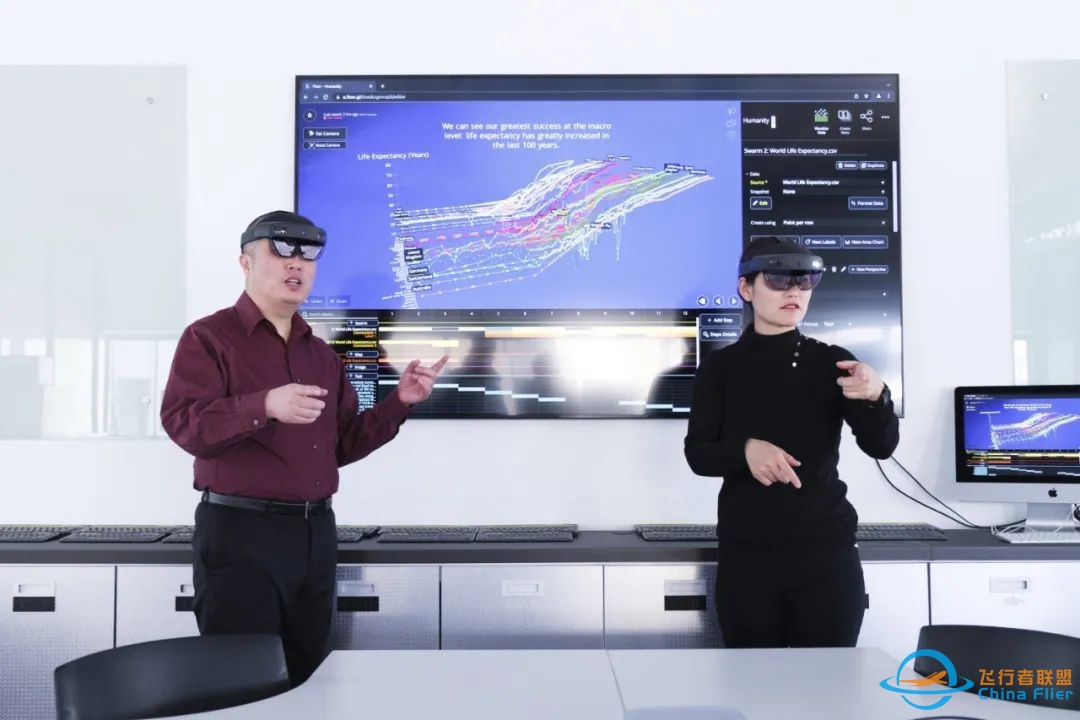
When did your interest in technology start, and what is your educational background?
I started pretty early, when I was in 4th grade here in Tianjin. Our school taught basic programming, and the way the teacher taught us was very interesting. He mentioned Jian Bing Guo Zi (a Tianjin typical breakfast) and said that in code, the 0s are eggs and the 1s are the fried sticks (Yóu Tiáo). I thought, “This is so cool!”. That’s how it all started.
I was really fortunate that I went to Tianjin No. 1 Middle School. I think we were the first if not the only school that had both Apple IIs and IBM PCs in a state-of-the-art computer lab, and programming was part of the curriculum. Later on, I got my degree in Computer Science from Nankai University and had a successful career in technology.

You have spent two decades in the tech industry, developing software, running R&D, building start-ups and consulting, both in China and in the United States. How did you get into the field of education? We would love to hear about your journey in your career.
When I was a kid, I always said that I wanted to become a teacher when I grow up. So, after my kids finished high school at IST and left to attend college in the US, I saw an opportunity to change my career. I took some graduate courses in education at the University of Florida and got my professional teaching license. An opportunity opened up at IST, and I was like, “This is the best of both worlds. I can be a teacher but also help the school adopt new technologies.”
When I accepted the position, it was to teach Math and Design, but also to be in charge of technology innovations. I got a promotion the second year and became the Technology Director. I was already overseeing all the technology initiatives in the school, and the Director of IST believes in “promoting those who are already doing the job”.
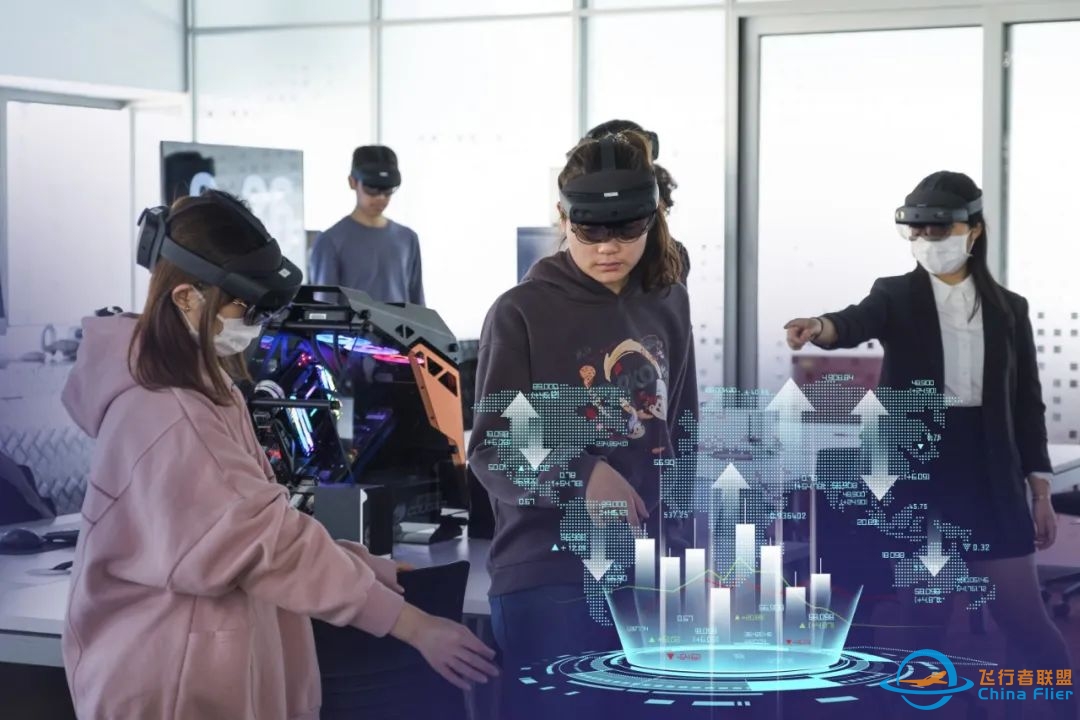
Technology in education is becoming very important, almost crucial, for future generations. What do you think is IST’s level of technology at the moment?
I don't want to boast, I think we have areas that we can improve on, but compared to other international schools in China, I believe IST is in the top tier when it comes to leveraging innovative technologies for teaching and learning. This year, I chaired a committee at IST and we created this strategic plan to elevate computational thinking and accelerate learning by continuously levelling up the technology mindset, skillset and toolset at our school.
The philosopher John Dewey used to say “If we teach today's students as we taught yesterday’s, we rob them of tomorrow”, and that really just sums it up, because to get ready for tomorrow, students need to know programming, and how to work with intelligent machines and extended reality (XR). If we don’t teach them that, if we don’t get them exposed to that, we are not preparing them for the future.
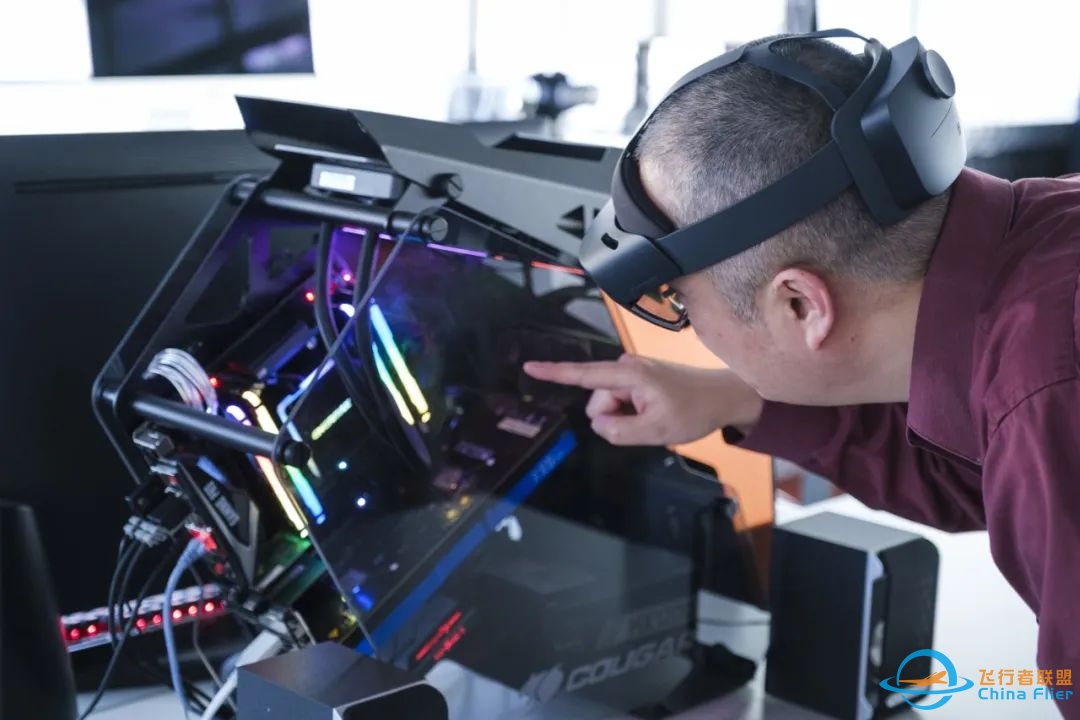
IST has introduced Mixed Reality (MR) design into its middle and high school curricula recently. How do students benefit from the application of this new technology in their learning process?
One of the educators that I admire, John Hattie from the University of Auckland, talks about how the biggest effects on student learning occur when students become their own teachers, so I'm really passionate about empowering students to actively discover and construct knowledge by becoming creative content creators instead of passive consumers of media. To that end, I strive to be a Sherpa on a mountain guiding curious explorers instead of a sage on a stage lecturing to blank minds. In my Design course, students choose something they are interested in and create an interactive lesson with Mixed Reality (MR). They research the topic, create a lesson plan, design a world with holograms to tell a story, visualize data and invite other students to join them in 3D experiential learning. This involves much higher cognitive skills and deeper engagements, which results in greater knowledge retention and transfer.
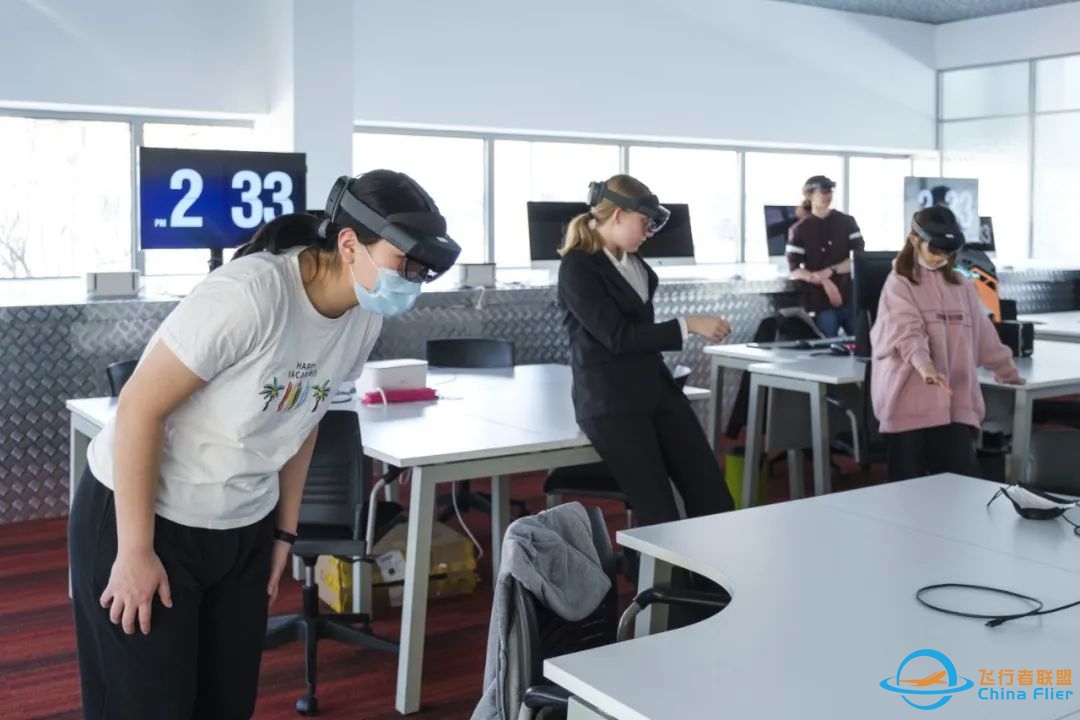
IST is pioneering in this kind of learning experience, right?
Yes. There is a steep learning curve and the need to have a software development background can be a barrier. It's not like an iPad where there are millions of apps you can download and use. Some may see this as an obstacle, but I view it as a great opportunity to engage students in content creation. With over two decades experience in software development, I knew I could learn this, teach it to students, and put this technology into meaningful use at our school.
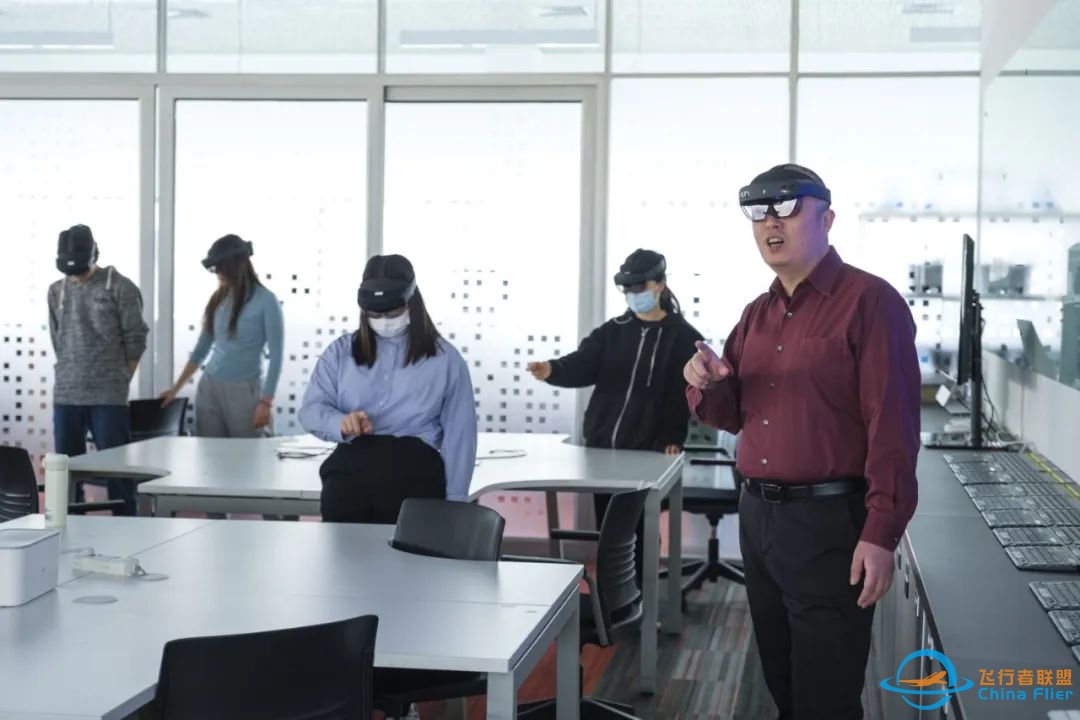
Were there any experiences that really surprised you after you started this new way of teaching?
Yes. We say kids nowadays are digital natives, so I expect them to just pick it up naturally, but I realized in my first time teaching this that I do need to hold their hands a little bit. Holographic computing is a new paradigm nobody has really experienced before, and it can take time to get used to. On the other hand, I was really impressed with how some of my students really took on programming and built something quite amazing. I didn’t expect that to happen within a few months’ time. Some students really thrive, and they love it.
The prefix 'meta' implies 'beyond', and 'verse' refers to the ‘cosmos’. Technology experts use the term metaverse to indicate what follows after the Internet. Is the use of 3D virtual platforms and Virtual Reality (VR) glasses the best way to approach this new universe for students, teachers and educational staff?
Let's just say that metaverse is a virtual world that we all can participate in. There needs to be an on-ramp. At this point, VR goggles, or the Holographic lenses serve as this on-ramp that opens up a whole new world of possibilities.
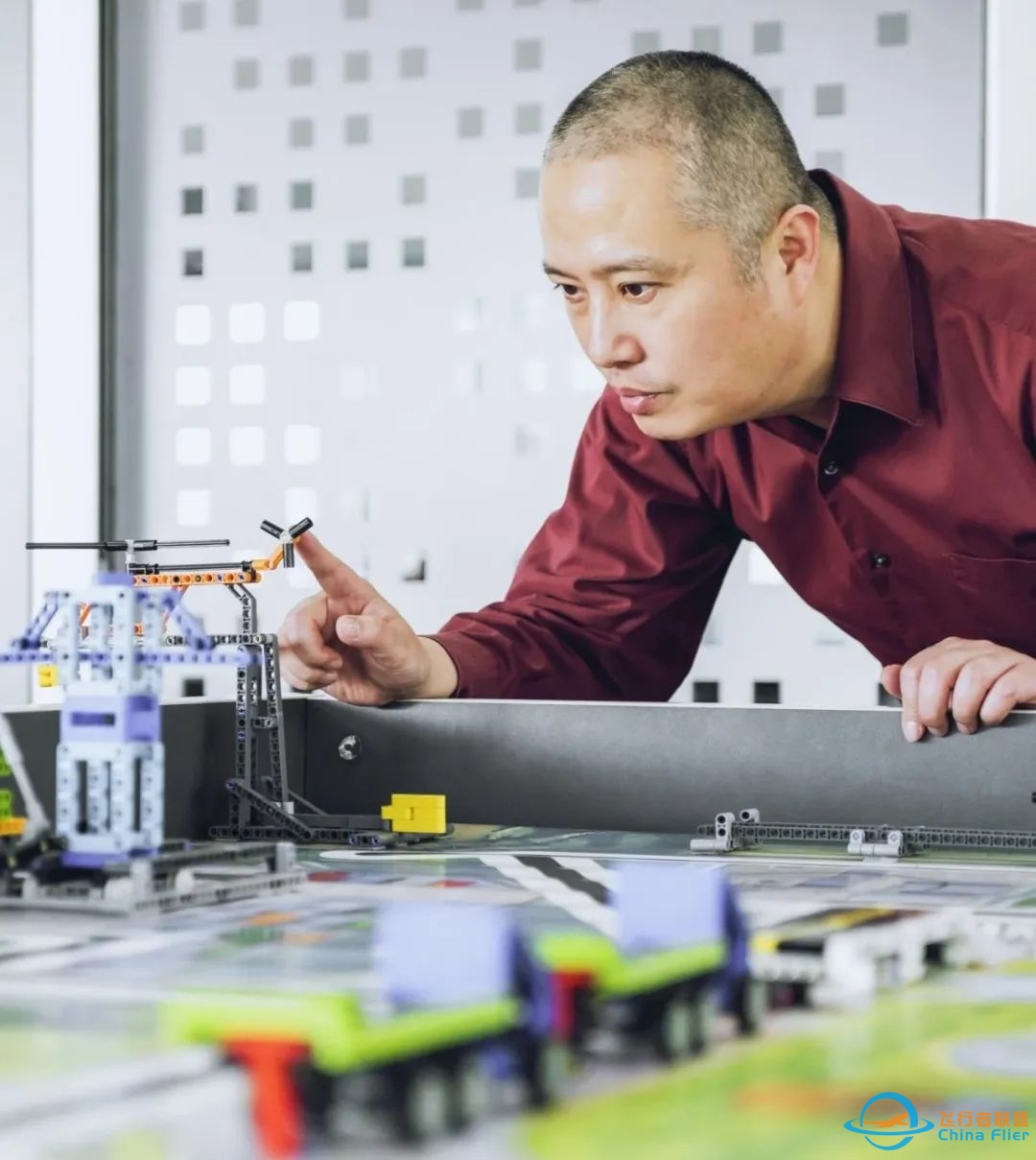
With Web Based AR (WebAR) and 360 imaging, IST can promote its school brand and offer virtual campus tours. Have any steps already been taken in using these platforms?
Yeah, we are actually in the process of revamping our website, and one of the initiatives is to use WebAR and other technologies to make our website more interactive. For example, imagine a 3D globe where you can rotate, and it shows you where the universities are located and how many of our students got admitted, and it can be updated in real-time. That’s just one of the examples where we can use WebAR to enhance our school marketing. There are also virtual tours of the school, and student project showcases that you can experience at home.

The metaverse is created to mirror real life in many regards. How are educational disciplines enabled to interconnect and impact each other in IST using VR and AR?
It's a great opportunity to integrate different subjects. For example, if we give students a spreadsheet of the human lifespan over the past 200 years in different countries, we can teach them mathematics by showing them how to analyse the data and visualize it with a 3D holographic scatterplot; we can teach history by guiding them to discover certain anomalies in the trendline (e.g. major chasms in 1918 and 1945) and ask them to discuss those events; and by superimposing the data points onto a hologram of the globe, we can teach geography with specific information on different countries and continents. And we can bring it all together in Design by teaching them how to create an immersive experience from this data and present a cohesive story.
Can we say IST is preparing their students with the best technology education available in the world?
IST is passionately dedicated to the future of our students by teaching them with tomorrow’s technology. Being the best in the world is not nearly as important as offering the best in each student’s world.
IST technology projects are positioning the school at the top educational level. What are the new projects that you are planning to propose to the school to continue improving its educational system in term of technology?Currently XR (Extended Reality) is primarily used in secondary design. We want to expand this to other subjects and younger grades at IST. We plan to build a brand-new Reality Lab to enable wider adoption of this new technology.
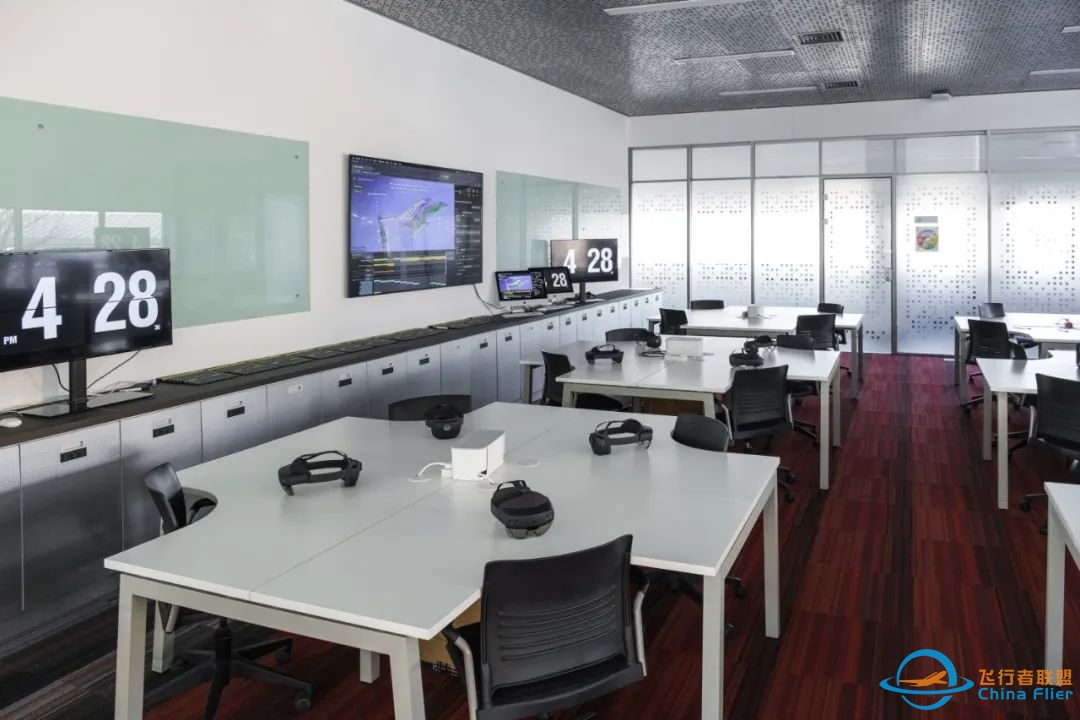
In using this technology, the classroom is no longer merely a space. Students and instructors may venture beyond their classes into carefully crafted learning opportunities. Can you tell us more about this?
Stanford University coined an acronym “RIDE” to describe how VR learning experiences should be: Rare, Impossible, Dangerous, and Expensive. I think that sums it up really well, because the virtual expeditions we want to offer to our students fit that description. School field trips are not easy to do, but with VR, not only can you visit faraway places, like Machu Picchu, but you can also visit time periods long, long ago, when the dinosaurs roamed the earth, or you can travel to the centre of a black hole. That’s how we can break down the physical barrier of a classroom and take students across space and time.
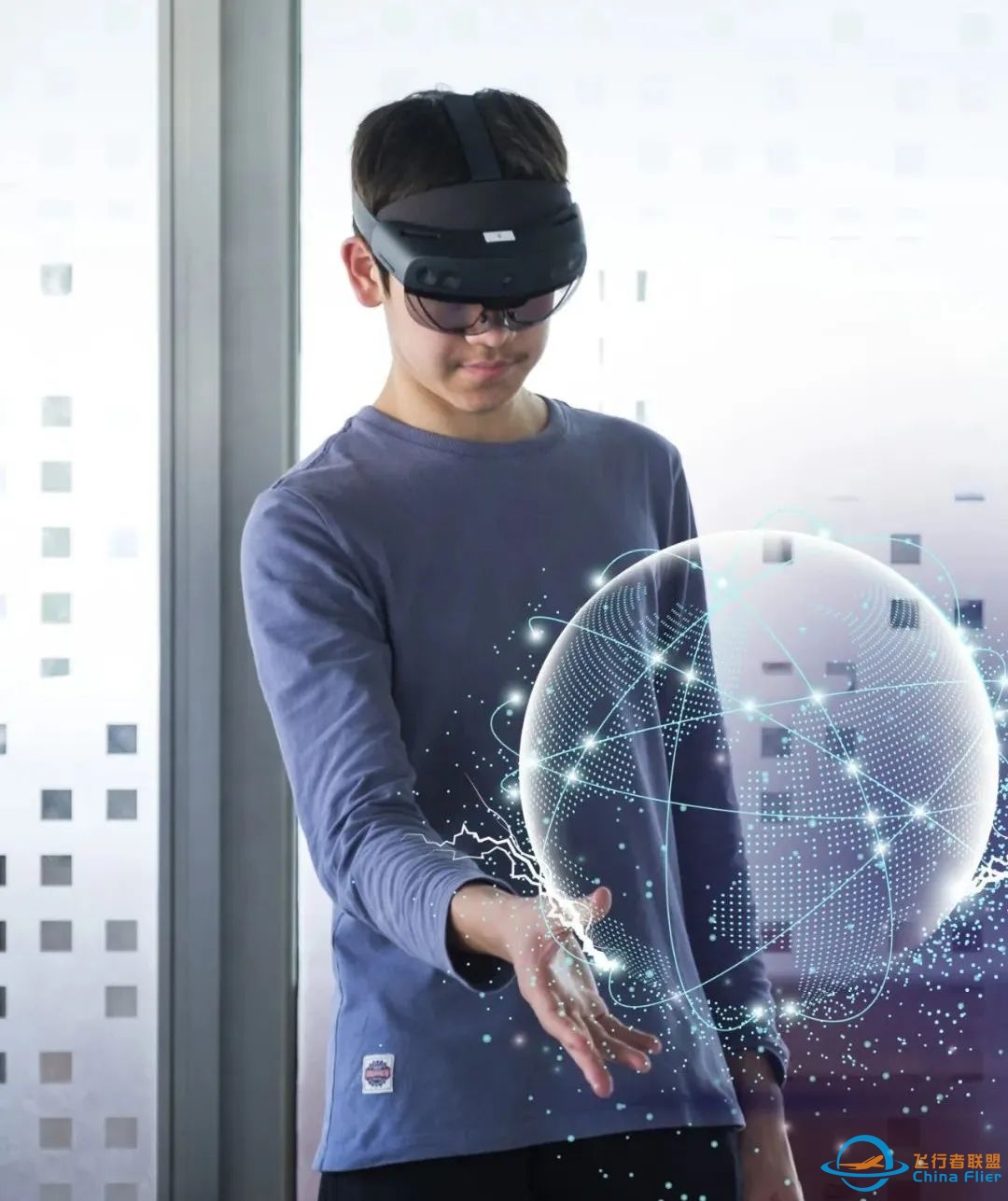
IST is becoming well established in e-learning and the use of technology to educate children for the future. Do you see Virtual International Schools becoming a reality, or do you feel personal physical interaction will always be necessary in preparing global citizens?
I think, over the last two years, with this pandemic going on and a lot of online learning, remote learning, going on, this is already happening. As a society, we're all trying to figure out how to best leverage technology to teach kids, but there are some frustrations. Kids sitting in front of a computer screen all day long, that’s not school, that's not how it's supposed to be. I don't believe physical schools will disappear.
We talk about artificial intelligence replacing a lot of jobs. There are jobs that AI can do really easily, but there are jobs, for example, teaching, that require empathy. We are not just trying to transfer knowledge; we really care about the children, about how they feel, and about understanding them, and having a relationship. That kind of high-empathy job is not easily replaceable by AI, and as these two years of virtual learning have taught us, children need to have interaction with other children in school, and feel like they’re being successful doing the tasks that they’re supposed to do. And having that interaction with adults other than their parents is also important. So I think physical school is here to stay.
But just because we're in physical schools doesn't mean we can't use online tools to teach kids and improve their learning. So maybe we'll have virtual schools inside physical schools. Virtual school can make a school more scalable and more accessible. It does not replace physical schools; it complements physical schools.
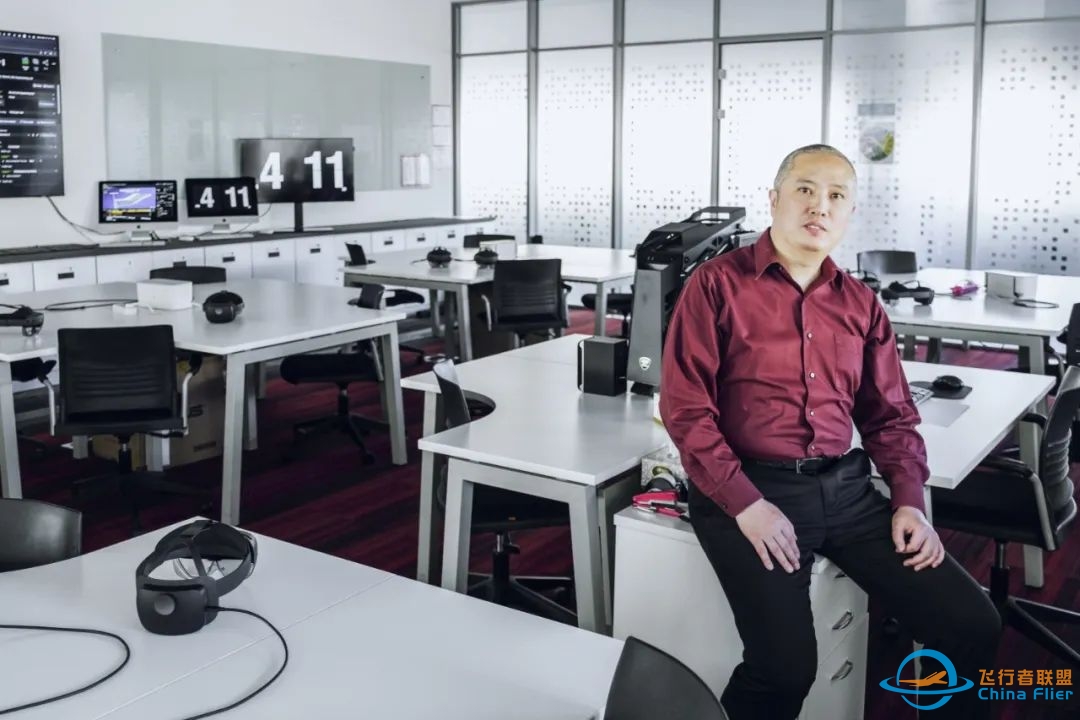
IST students’ discovery-based learning approaches are benefiting from a virtual or augmented world, which allows them to study and explore at their own pace. Is it the plan to allow them to be supervised and guided by a virtual or remote teacher, a guest virtual expert, or an AI-avatar?
As a technologist, I’m really interested in this topic. I do believe that in the near future, we are all going to work with AI assistants. In fields like education and health care, the future is AI assisting the expert, not AI replacing the expert.
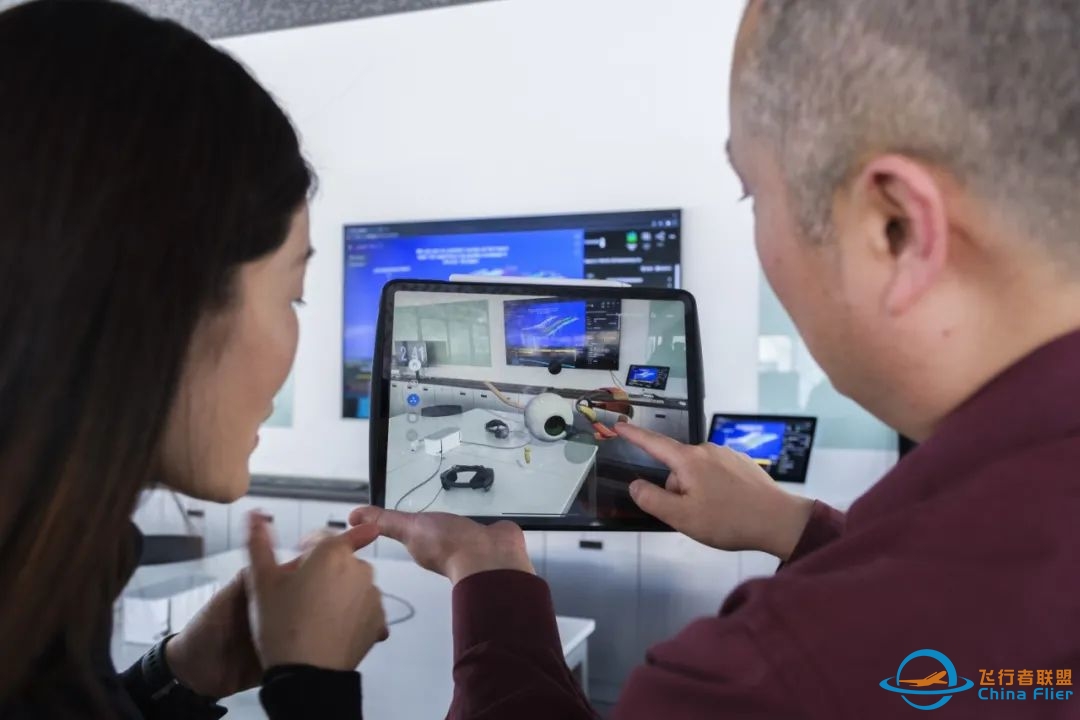
By using VR and AR with all the possibilities thereof, IST has broadened the horizon for students as they are able to interact with their peers from around the world and display their knowledge at the same time. What are your plans regarding this?
We have short-term goals of collaborating with other international schools in Tianjin through some events and having children and other tech teachers coming to our school to collaborate on building products and VR/AR learning experiences together. For me personally, there’s an upcoming technology conference I’ll be presenting at, and I plan to do a lot of this. And one of my personal goals is to become a champion of using AR/VR in schools, because I’m very passionate about it. I think all schools should be using it.
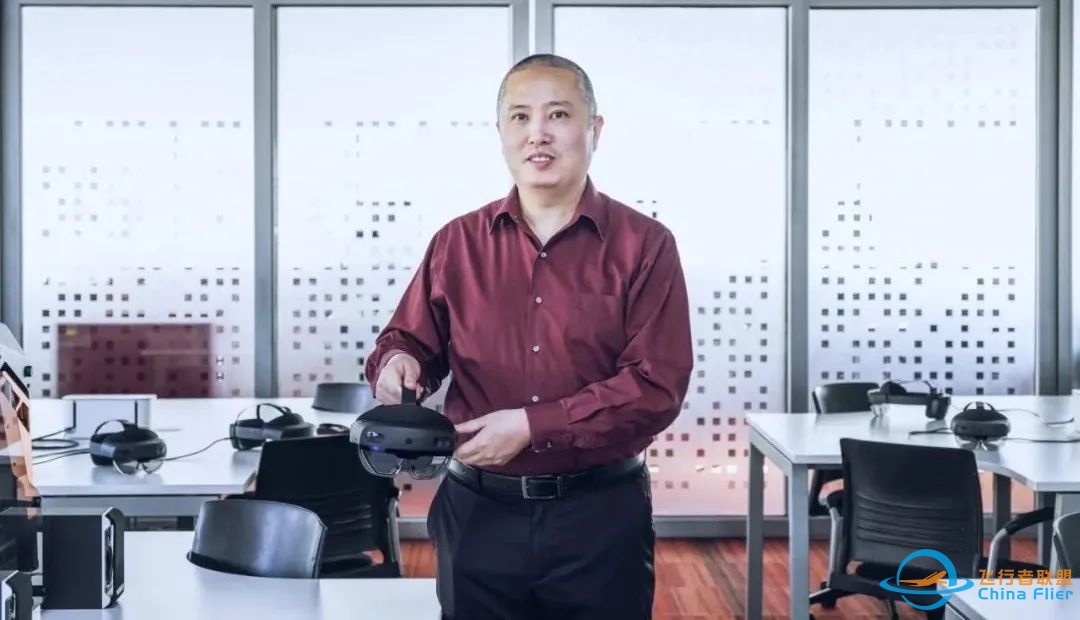
What do you think about the use of gaming in the education metaverse? Do you believe learning mathematics, science, history, languages, and geography via exciting activities will replace the traditional way of teaching? Do you believe this evolving trend will soon revolutionize the educational scenario, moving from play to learning?
Children learn a lot during play time, whether it’s physical activities on the playground, board games on the tabletop, or even some video games (e.g. Minecraft) on the screen. However, there are some safety and health concerns for younger players that need to be addressed in video games and metaverse.
The key is to curate experiences that apply learning science to cultivate creativity in our students. It comes back to my passion about turning students into confident content creators instead of passive consumers. Oftentimes, when they play a video game, they are just mindlessly pushing buttons. If they can take an active role in creating the experience, something that they and their classmates can collaborate to build together and have fun, that's a game changer. This is how we gamify learning, making it more engaging and interactive.

Teamwork is core. How do you plan to get your fellow staff members to contribute towards achieving your goals?
In the strategic plan created by our tech committee, the first action item is to drive consensus at IST about the importance of technology innovation, and provide a common language to promote a collective understanding of computational thinking and how it can be integral to teaching and learning. Once we have this common shift in mindset and make everyone aware of the toolsets available to them, we just need to provide professional development opportunities to upgrade our skillsets.
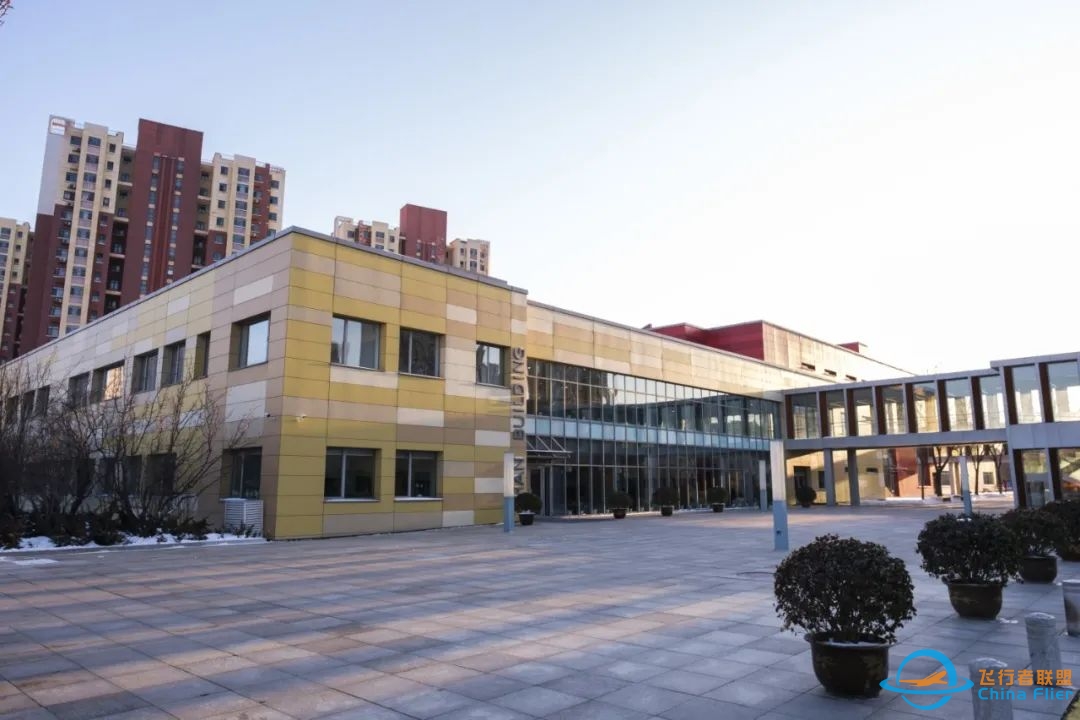
I believe that all these new projects would not be possible without the strong support of the Director and Board of the School. Could you give us more detail about this?
Yeah, absolutely. For example, the story of these Mixed Reality devices. I had a budget discussion with our Director and he asked, “What are things that are going to be revolutionary and improve our game?" I said, “Well, we can teach students to create Mixed Reality, Virtual Reality experiences, and prepare them for the future.” The next thing I know, the Board approved the proposal, and we got a whole class set of devices. That’s IST. We don't go halfway. We want to invest, we want to improve, and when we see the value of something, we go all in.
以科技创新助力学生成长奔向未来天津国际学校技术总监翟皓专访 本期Tianjin Plus杂志采访了天津经济技术开发区国际学校天津分校的技术总监翟皓先生,了解了天津经济技术开发区国际学校天津分校如何利用前瞻性和创新性技术来提升学校的教学质量。 天津经济技术开发区国际学校天津分校(International School of Tianjin)创办于1994年,现已成为天津一所优秀国际学校。学校始终坚持为学生提供全面性、连贯性的教学课程,坚守最高超的教学水平,以将学生培养成为真正有理想、有情怀、具备终身学习能力的国际型人才为目标,如今在国际教育的道路上越走越宽广。 天津经济技术开发区国际学校天津分校与中国其他的国际学校相比,在利用创新技术进行教学方面已经处于一流水平。IST使用VR(虚拟现实)和AR(增强现实)技术整合不同学科,使学科之间相互交叉、渗透。在教学中,利用技术能够将消失已久的恐龙为学生展现出来,同时进行实时互动,学生可以观察恐龙的生活习性,了解恐龙所处的生活环境,学习新的地理知识,了解几亿年前的历史。IST在其初中和高中课程中引入了混合现实技术(MR)。在翟总监的设计课程中,学生选择他们感兴趣的元素,用MR创建一节互动课程,让学生拥有3D体验式学习。另外,IST使用了Web AR和其他技术来使其学校网站更具有互动性。 翟总监规划未来与天津其他的国际学校合作,通过一些活动共同打造AR/VR学习体验,用科技打破课堂“次元壁”。翟总监对AR/VR校园使用具有坚定的信念,未来将会计划很多这方面的工作,他认为实体学校未来都将与人工智能助手合作。
CONTENTS
10 Cover story: Preparing Today’sStudents by Teaching Them Tomorrow’s Technology
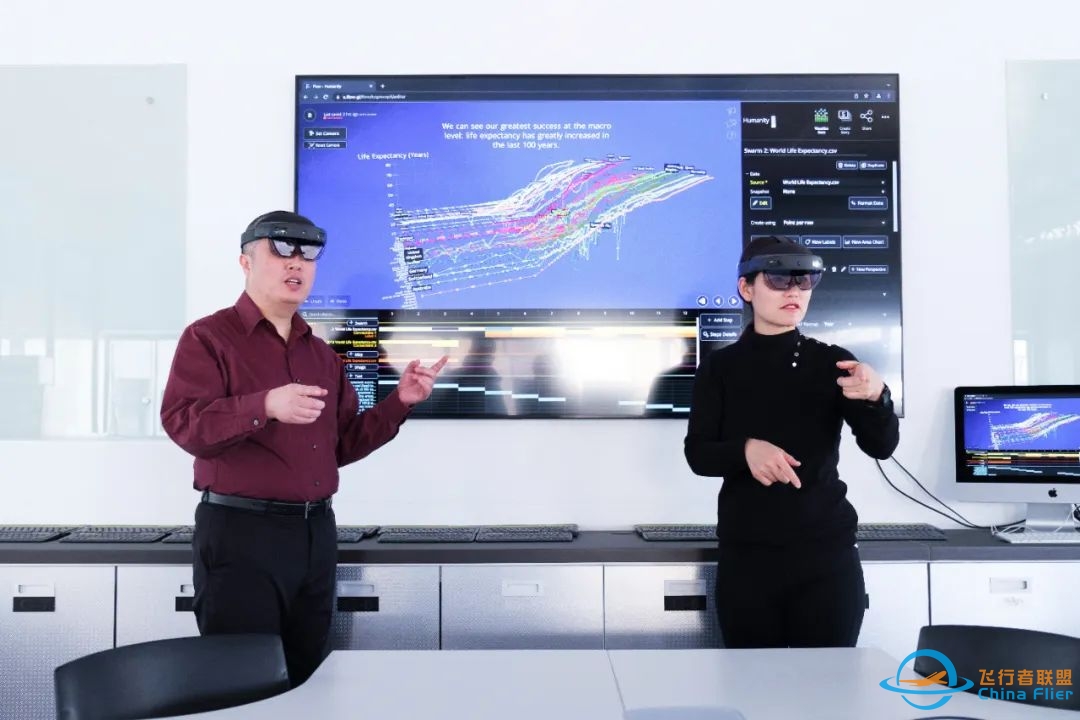
18 Beauty: Best men's skincare routine
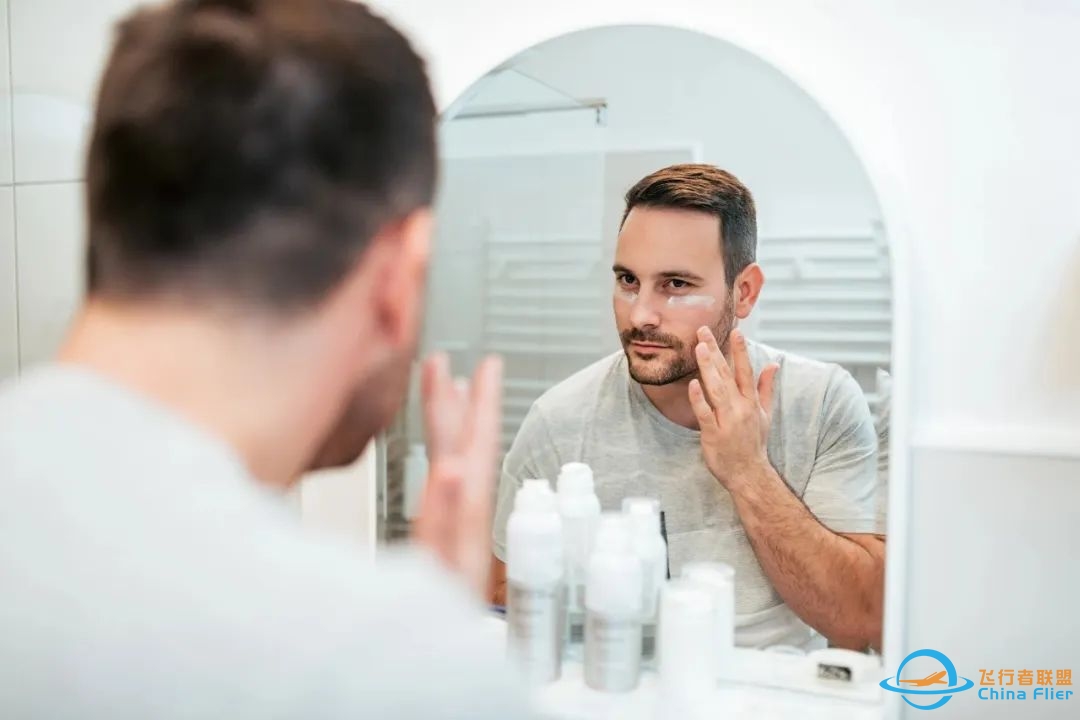
22 Fashion: Post pandemic wedding fashion trends

26 Food: What to do to be a great pastry chef at home

29 Garden Farming: 6 Air Purifying Plants for home

32 Interior Design: How to create an impressive interior design portfolio
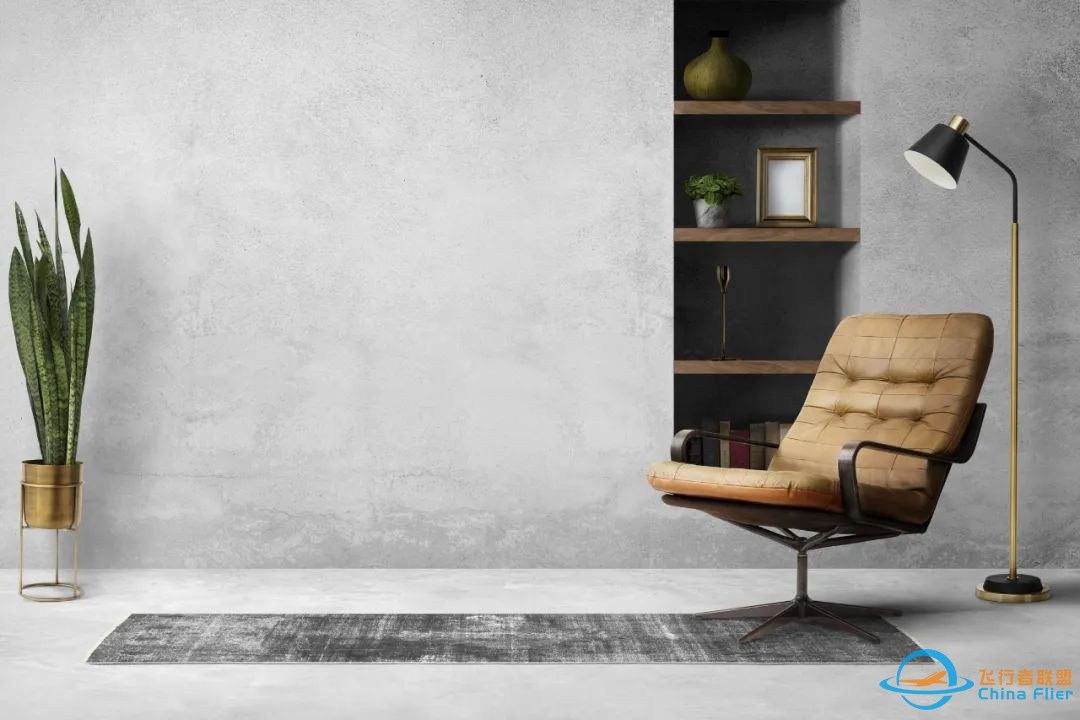
34 Health Watch: What is the best day and time of the week to exercise

36 Future: Bionic Limbs and Prosthetics
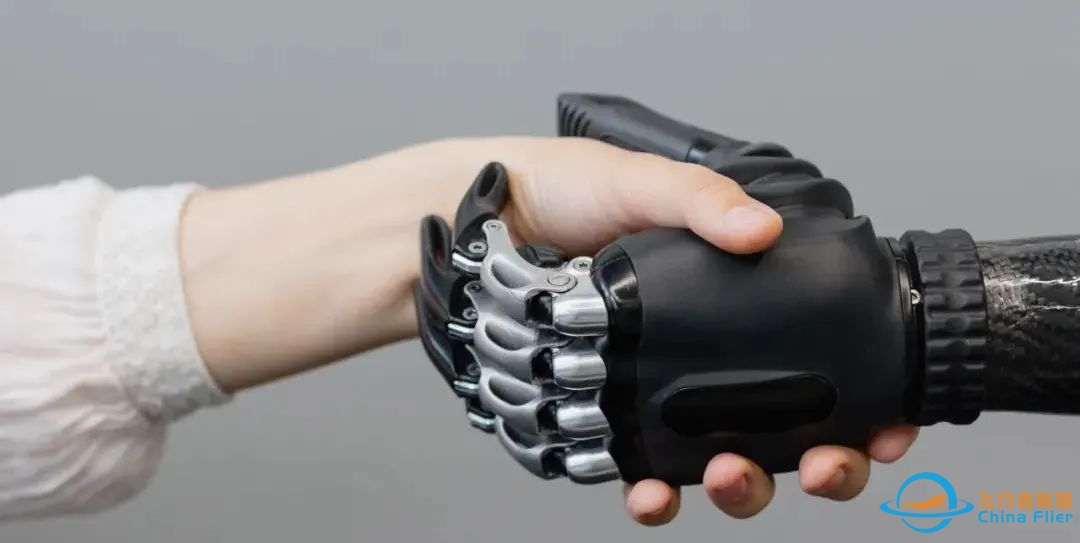
38 Health Briefing: Treatment Tips for Common Childhood Diseases

42 Fitness & Wellness: How to gain weight safely and quickly

45 Lifestyle: Tips to live a long life
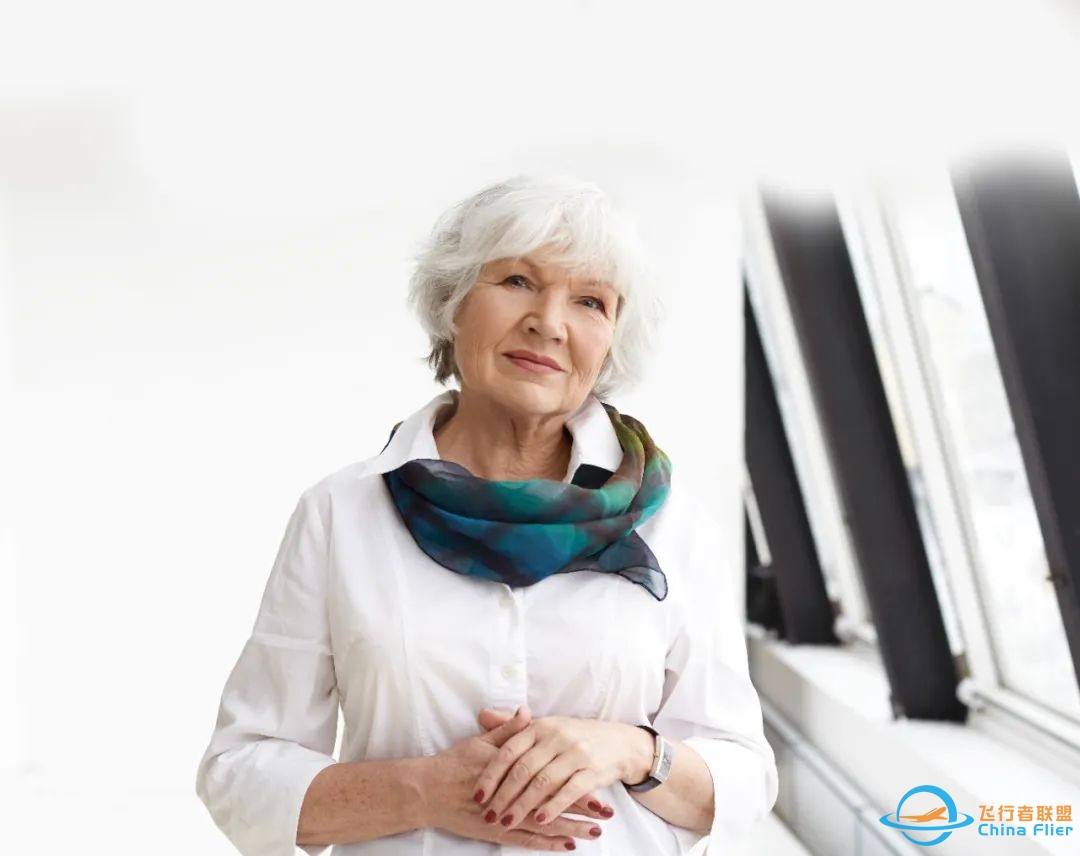
48 Nutrition: Benefits of adding seaweed to your diet

Education52 What is Online Learning Fatigue54 TEDA Global Academy55 Tianjin International School
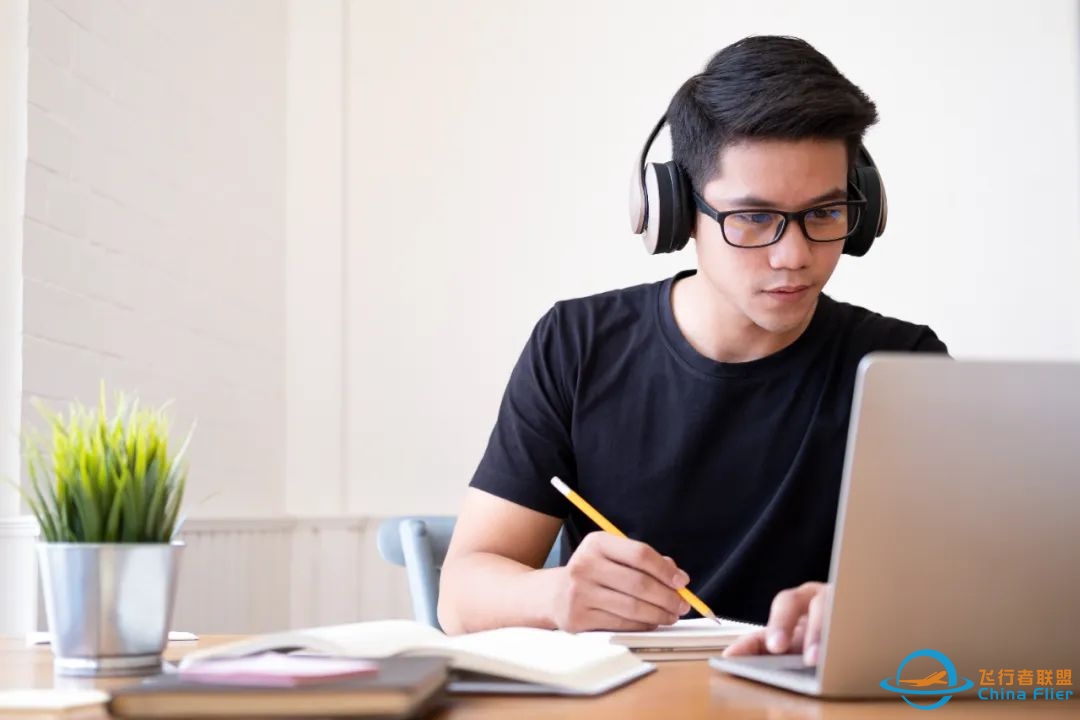
56 Tianjin Listing Index
67 BINHAI - TEDA Listing Index
70 China Travel: Shiwei
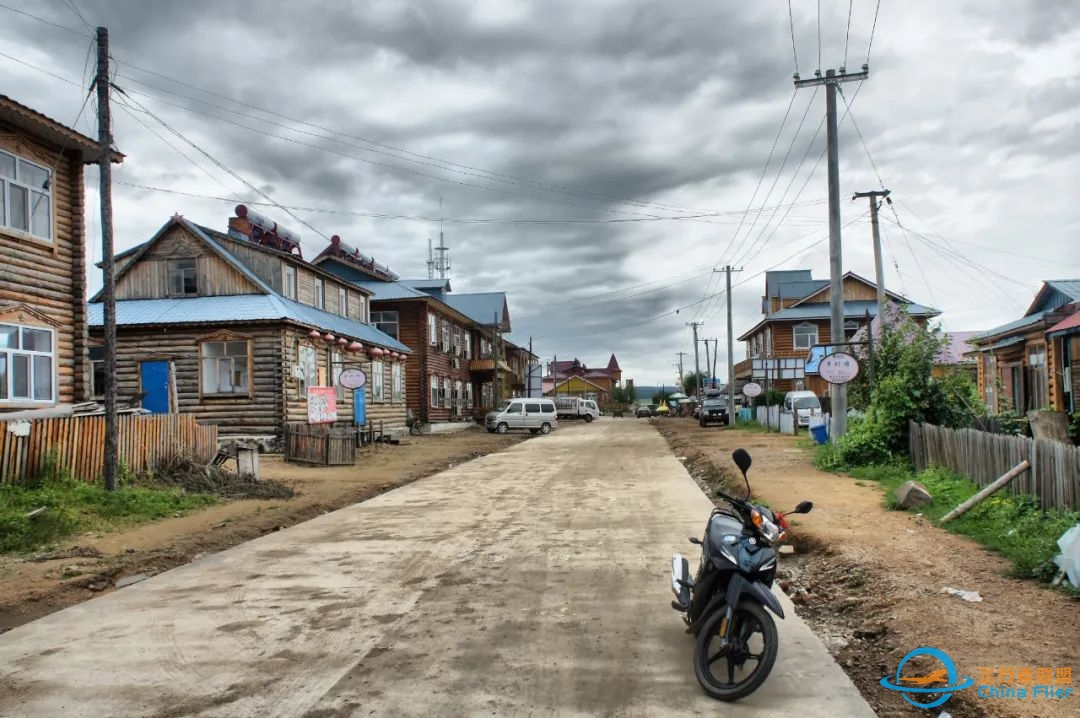
74 Global Travel: Sumatra

MAGAZINE 2022 March Issue
Preparing Today’s Students by Teaching Them Tomorrow’s Technology
Interview with Hao Zhai
Technology Director
International School of Tianjin (IST)
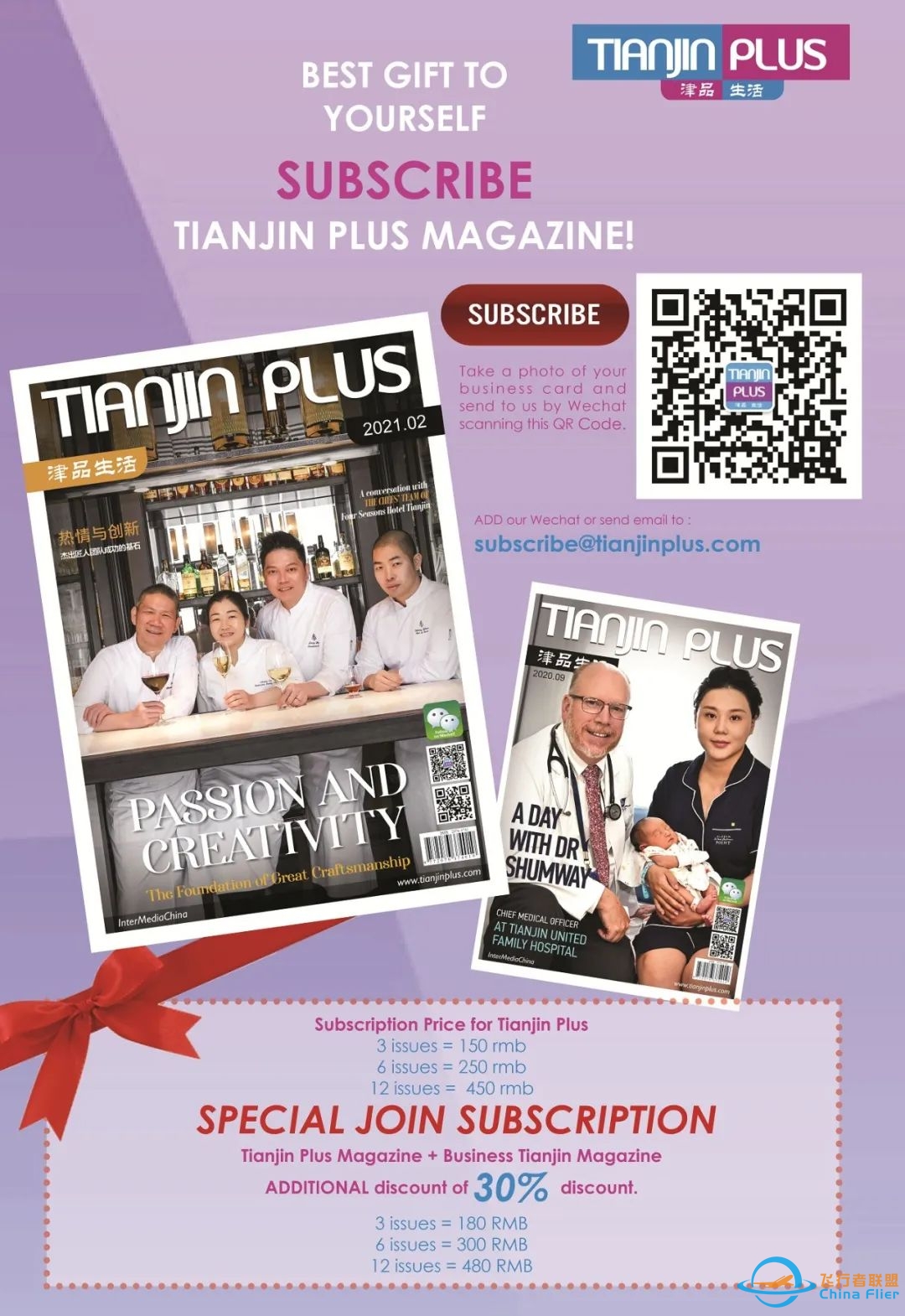
更多精彩,请访问我们的网站www.tianjinplus.com或关注我们的微信联盟号:tianjin_plus

2021 LATEST EDITIONS
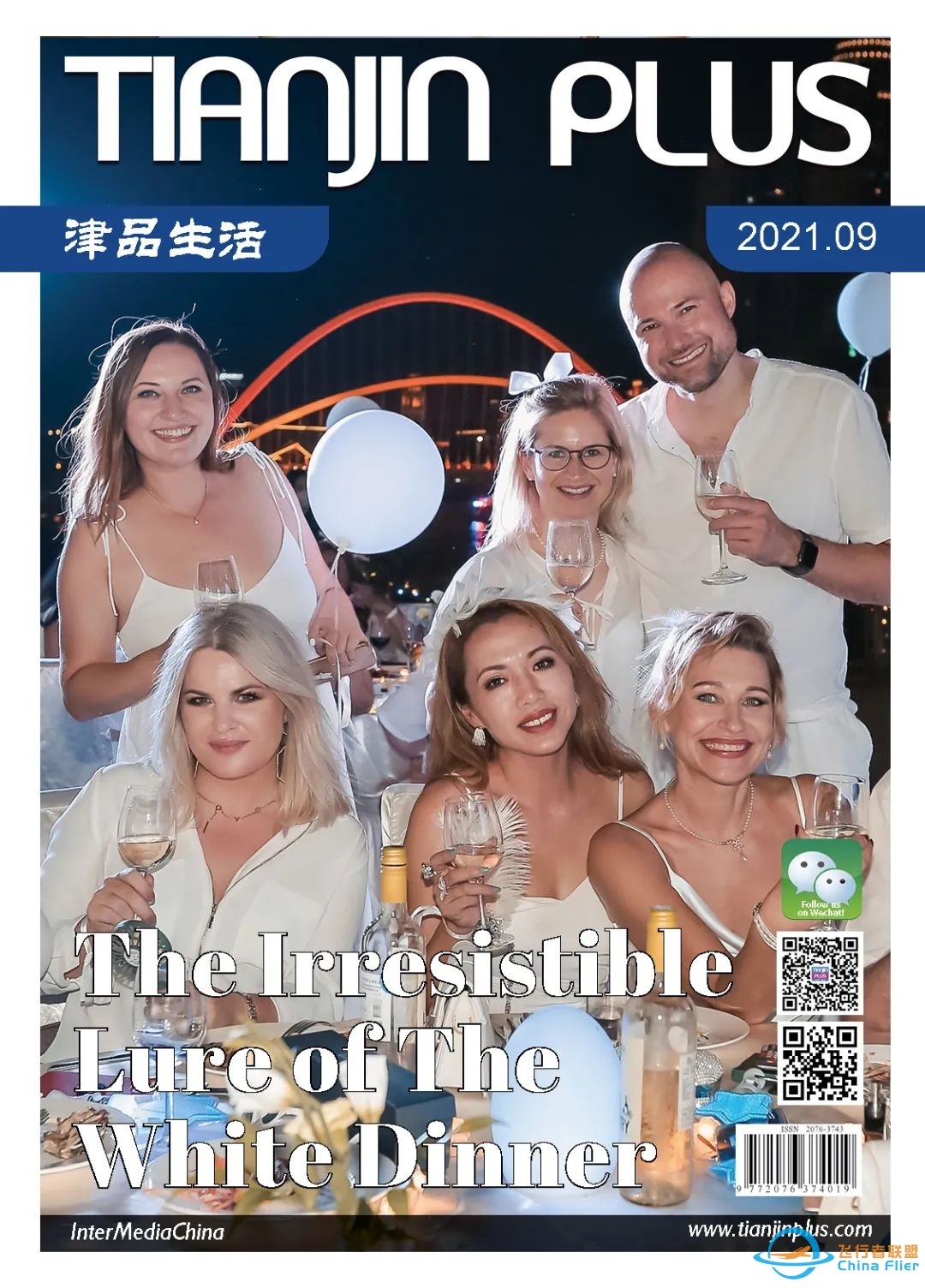

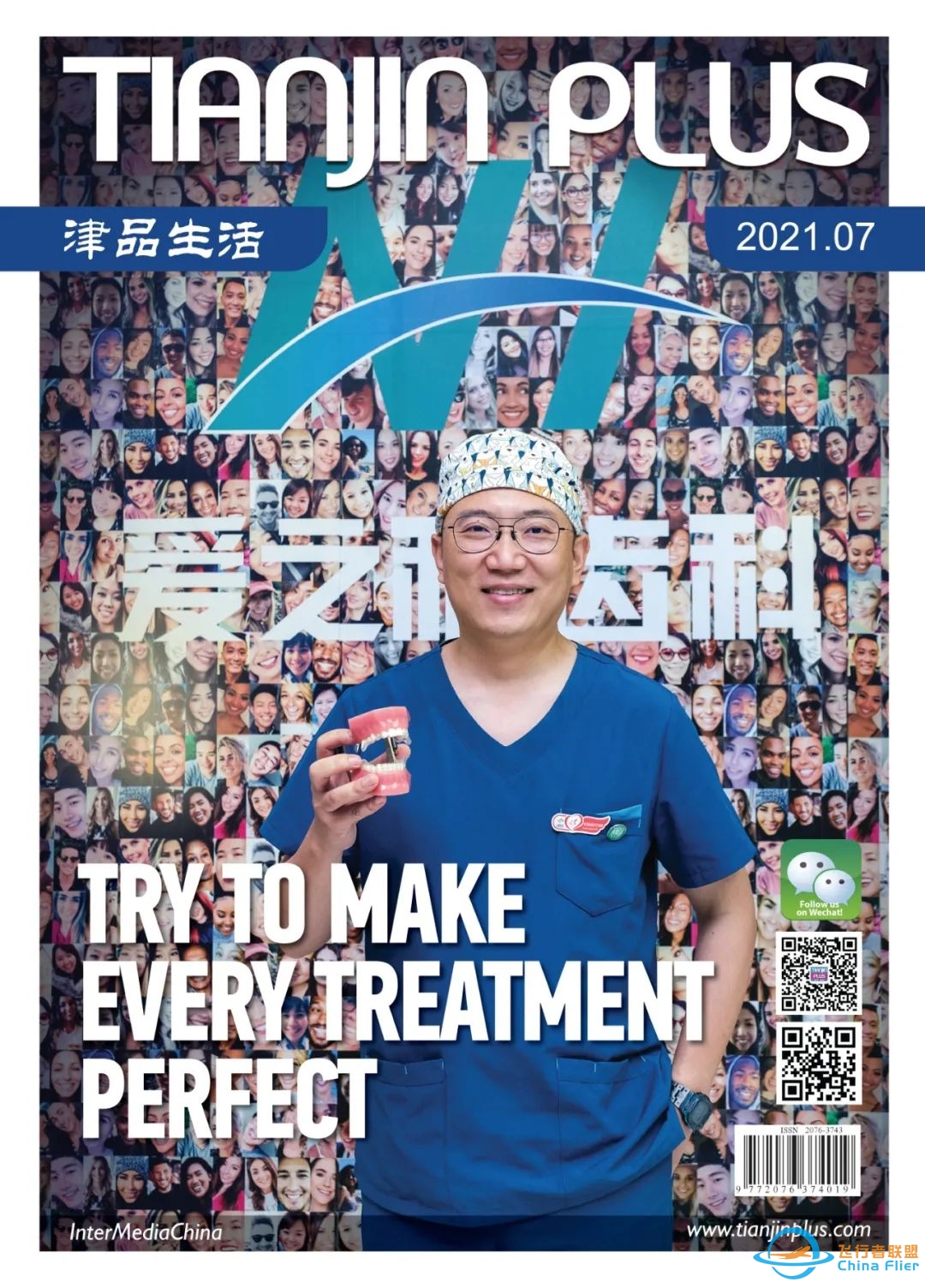
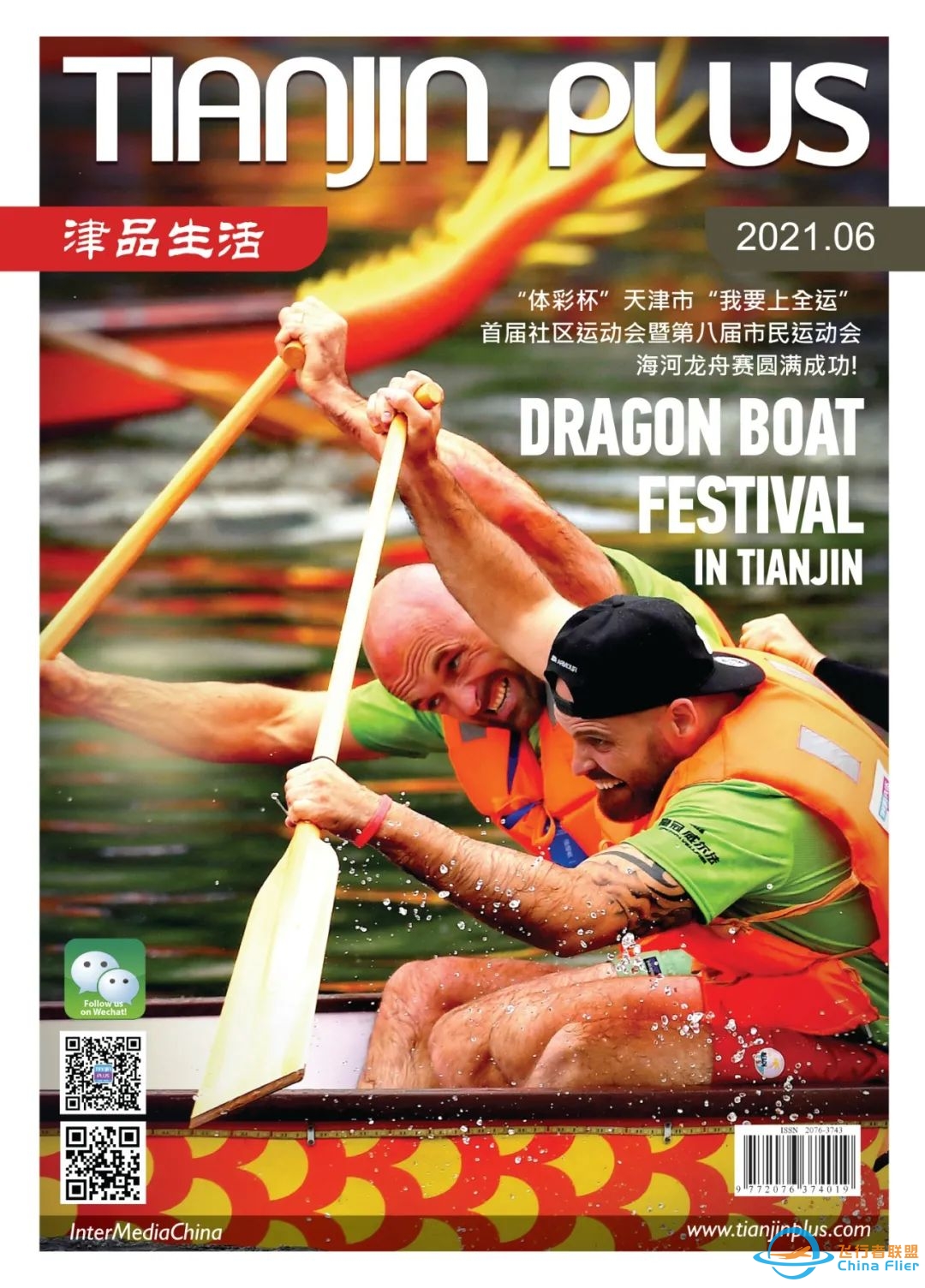
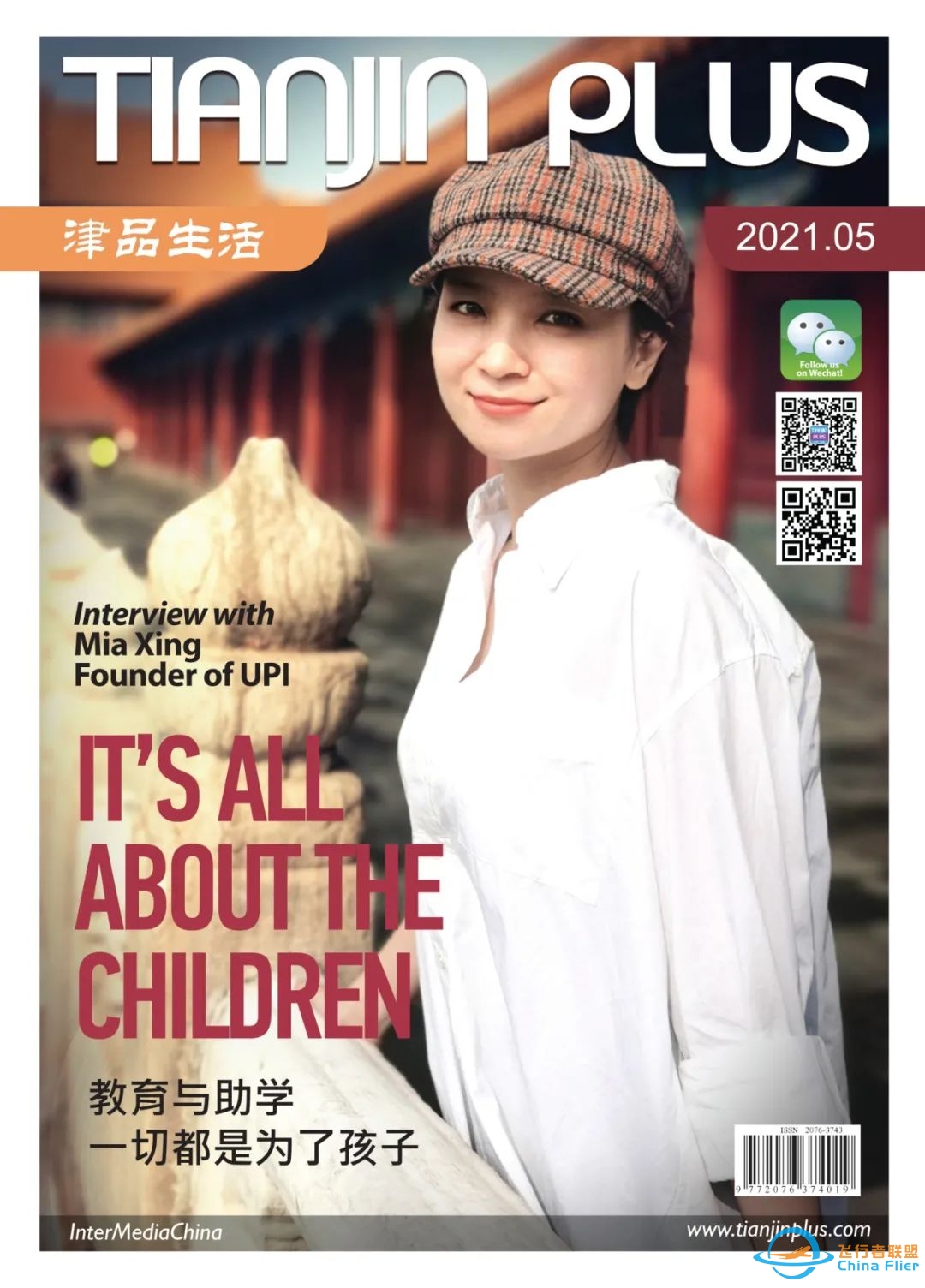

2021 LATEST EDITIONS
Editor's Picks
Challenges of Marriage and Children
Global COVID-19 cases top 400 million
Tianjin adds 55 new cases, Hongqiao, Xiqing restriction areas
Shenzhen Under Lockdown, Shanghai asks residents to stay put
Getting Up is Extraordinary
Exciting University Admission Offers of TGA's Class of 2022! 捷报!
Tianjin adds 3 new cases, Airport metro station closed
Cost of Raising a Child in China exceeds US, France and Germany
From Santa Ana del Pilar to the World. Isaac experience of China
Announcing the Promotion of Dr. Yang as Principal 丨天津惠灵顿学校执行校长
Challenges of Marriage And Children in China: Professor Mao 毛立平
Wellington Festival of Education: Registration Open! 一键直击“云端”教育节
Wellington College launches its 2022 Scholarship Programme


video: https://mp.weixin.qq.com/mp/readtemplate?t=pages/video_player_tmpl&action=mpvideo&auto=0&vid=wxv_2261558815072518152





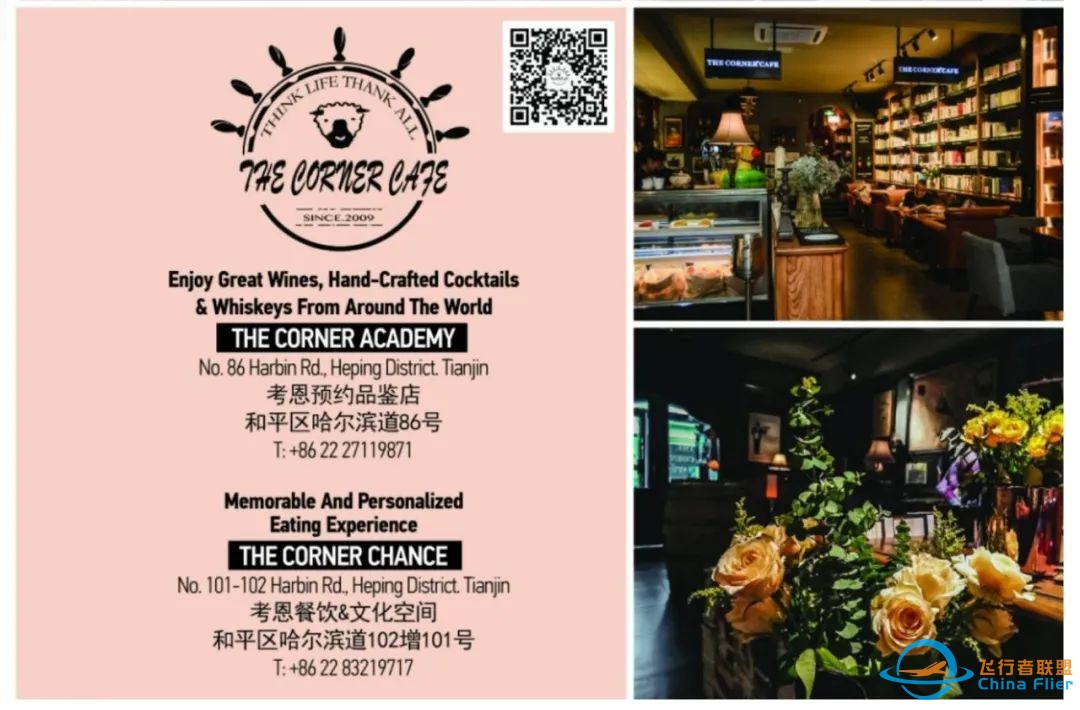
|
|